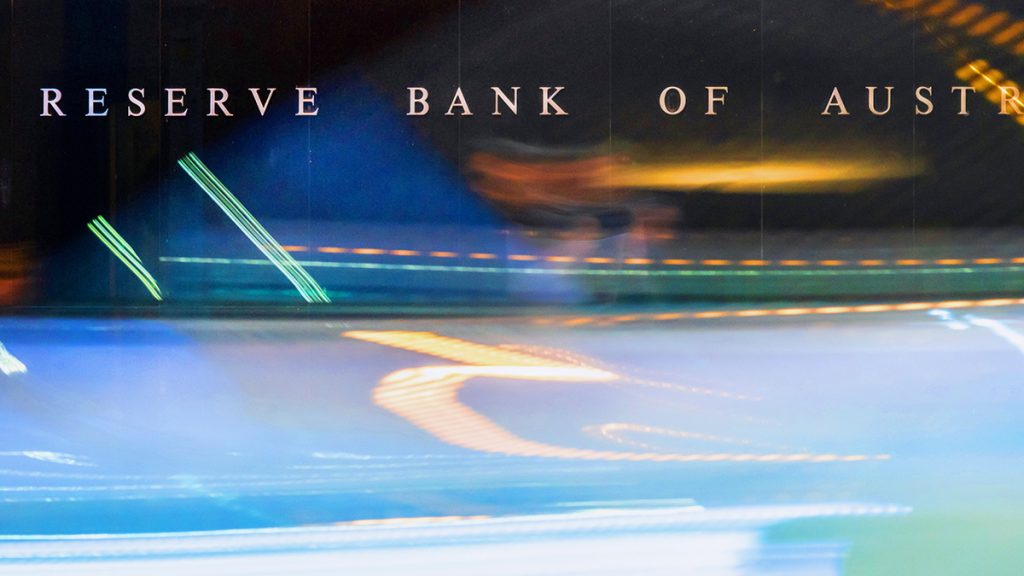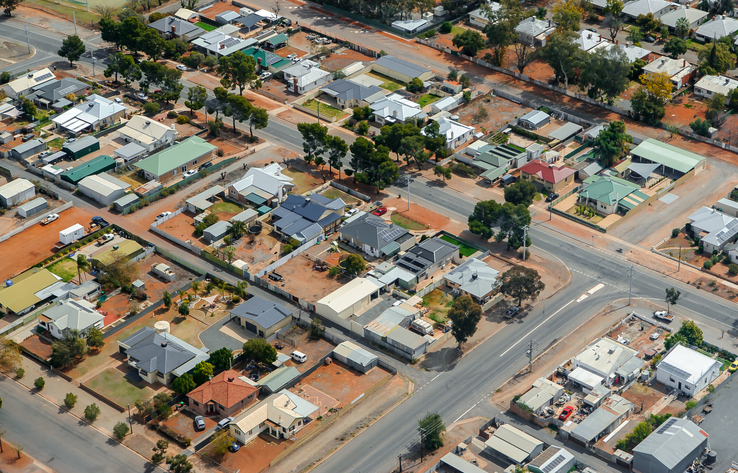(ASX:AFG) A pause in interest rate hikes once again in October will be welcomed by mortgage holders however the cumulative effects of the rapid interest rate increases, a drop in cashback offers, supply constraints and cost of living pressures has slowed home loan activity in the first quarter of the new financial year.
AFG Chief Executive Officer David Bailey explained the latest AFG Index results. “AFG brokers’ total lodgement volume was $20.9 billion for the quarter, a 6.9% drop on the final quarter of FY23 and 2.7% down on the same period last year.
The results were driven by New South Wales, down 7% on the prior quarter and down 3.6% on the same period last year; Victoria down 7.3% on last quarter and down 4.9% on Q1FY23; Queensland down 2.2% on the prior quarter and down 0.9% from last year; and Western Australia down 12.2% on last quarter and down 1.7% compared to the same time last year.
Conditions in South Australia were slightly different, with volumes down 8.5% on the prior quarter but up 2.8% on the same period last year. In the Northern Territory volumes were up 19% on the previous quarter but down 2.4% on Q1 FY23.
“Our data suggests that the interest rate pause has meant many borrowers expecting further rate rises may have run their course, with those choosing Standard Variable rate products now at their highest level ever, at 81.2%. Those choosing fixed rates have dropped to a low 4.8%, which is the second lowest percentage recorded since we commenced releasing our Index,” said Mr Bailey.
Upgrader volume increased by 1% to 38%, the first positive move in six quarters. “Whilst our brokers remain busy assisting clients the overall market remains a little choppy compared to the heightened activity we saw during the COVID period,” he said. “The positives however include the fact that the housing market continues to demonstrate resilience as we head into the traditional spring buying season, with constraints on supply likely to keep house prices high and volumes lower.”
Investment loan volumes were up 1% to 30% but still below longer-term averages and First Home Buyers were also active, up 1% to 12% of the market.
Refinance volumes were down 3% to 30%, largely driven by the withdrawal of cashback offers from the market. The impact of this shift is reflected in the drop in volume for the major lenders as they also return to more rational pricing.
The environment for non-major lenders continues to be difficult. AFG Home Loans’ market share was 5.04%, down from 7.95% the same period last year, and slightly below last quarter’s share of 5.4%. “Despite the fact that we are gradually seeing non-major lenders become more competitive, underlying cost of funds relative to current market rates to customers remain challenging. The removal and reduction of cashback offers has translated into flows of business away from the Big 4 and their subsidiaries, with their market share down by 2.9% to 57.5%.
“Repaying the Term Funding Facility and increasing level of competition for deposits has meant the major lenders are stepping back from their ‘market share at any cost’ push and are withdrawing sub-economic pricing,” he said. “Time will tell whether the majors hold their nerve to favour better financial returns on their home loan portfolios over what has been demonstrated as a futile chase for market share.”
“When looking at where the movement has been, the major lenders’ share of the Investment market dropped by 5.5% for the quarter. Their share of the Refinance market dropped by 6.4% and Upgraders by 1.2%. The only category where they made gains was with First Home Buyers, recording an uptick of 2.6% with new homebuyers.
The national average loan size is up $3,000 most noticeably in Victoria being up $13,000 and Queensland up $9,000. New South Wales however recorded a drop by $10,000 which at just under $718,000 represents the lowest average loan size since the second quarter of FY21 Northern Territory was down by $2,600, South Australia was down by $9,000 and Western Australia by $4,000.
The national Loan to Value Ratio is up by 0.2% to 65.5%.
“The slowdown last quarter has meant lender turnaround times down improved marginally, down from 17.4 days to 17.3 days,” he concluded.
-ends-










